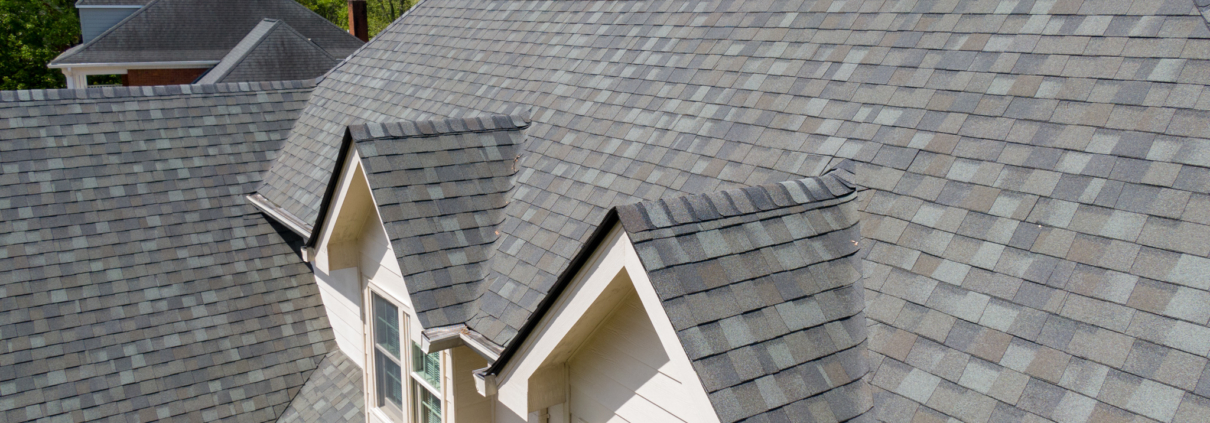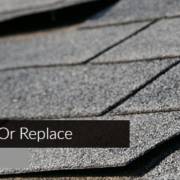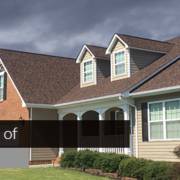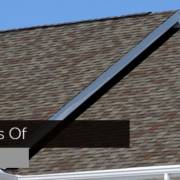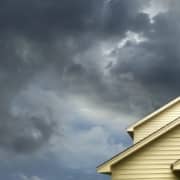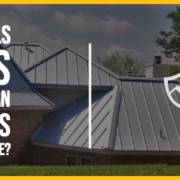How Long Should A Shingle Roof Last: Understanding the Life Expectancy of Your Roof
Your roof is a crucial component of your home, and it’s essential to understand its life expectancy to ensure that you’re prepared for the cost of replacement. One of the most popular roofing materials used in residential homes is shingles. But how long should a shingle roof last? In this article, we’ll examine the factors that impact the life of a shingle roof and provide tips for extending its lifespan.
Factors That Affect the Life of a Shingle Roof
The life of a shingle roof is influenced by several factors, including:
- Climate and Weather Conditions: Harsh weather conditions like high winds, hail, and heavy rain can damage shingles and reduce their lifespan. The frequency and severity of these events will impact the longevity of your roof.
- Quality of Materials: The quality of the shingles you choose plays a significant role in their lifespan. High-quality shingles are made from durable materials and are designed to withstand harsh weather, while lower-quality shingles may deteriorate more quickly.
- Installation Quality: The quality of the roofing installation is also a critical factor. Improper installation, such as insufficient roof ventilation, can result in increased heat buildup in the attic, which can shorten the life of your shingles.
- Maintenance: Regular maintenance and repairs to your roof can help extend its lifespan. This includes cleaning gutters, removing debris, and fixing any leaks or damages as soon as they occur.
Life Expectancy of Shingle Roofs
The life expectancy of a shingle roof varies, but the average lifespan of an asphalt shingle roof is 20-25 years. However, it’s possible for a shingle roof to last for 30 years or more with proper maintenance and care.
It’s important to note that the life expectancy of a shingle roof is an estimate and not a guarantee. The actual lifespan of your roof will depend on the factors mentioned above, as well as the quality of the materials and installation.
Signs That It’s Time to Replace Your Shingle Roof
While shingle roofs can last for 20-25 years, it’s essential to be aware of the signs that it’s time to replace your roof. These signs include:
- Shingle Damage: Missing or cracked shingles are a sign that your roof may be reaching the end of its lifespan.
- Leaks: If you have water stains on your ceiling or walls, it’s a sign that your roof may be leaking.
- Age: If your shingle roof is older than 20-25 years, it may be time to consider replacing it, even if there are no visible signs of damage.
- Sagging: If you notice that your roof is sagging, it’s a sign that it may be failing, and you should consider having it inspected by a roofing professional.
Extending the Life of Your Shingle Roof
To extend the life of your shingle roof, it’s crucial to take steps to protect it from weather and other environmental factors. Here are some tips for maintaining your roof and extending its lifespan:
- Inspect Your Roof Regularly: Regular roof inspections can help you identify any issues before they become significant problems.
- Clean Your Gutters: Cleaning your gutters regularly can prevent water from backing up and damaging your roof.
- Repair Any Leaks: If you notice a leak in your roof, it’s important to have it repaired as soon as possible to prevent further damage.

